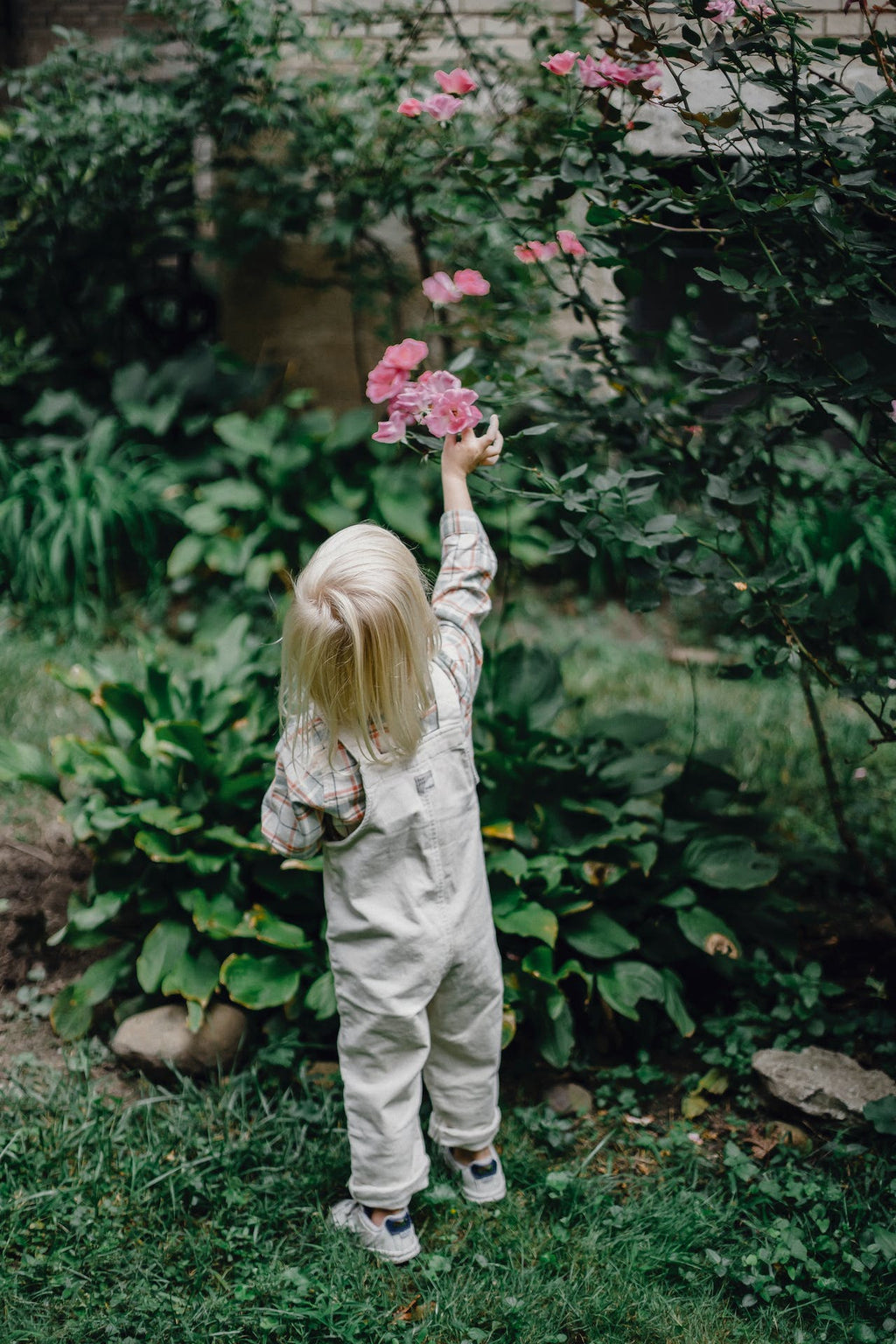Flowers have long been a symbol of beauty, growth, and renewal. They have also played a significant role in children's literature, adding depth and meaning to the stories we love. From classic tales to modern favorites, here is a Flowervee guide to when flowers have featured in famous children's literature.
1. "The Secret Garden" by Frances Hodgson Burnett
In this beloved novel, flowers are not only a decorative element but also a catalyst for healing and transformation. The protagonist, Mary Lennox, discovers a hidden garden filled with vibrant flowers. As she tends to the garden, the flowers symbolize the renewal of life and the power of nature.
2. "Alice's Adventures in Wonderland" by Lewis Carroll
In Lewis Carroll's whimsical tale, flowers come to life and engage in conversation with Alice. Each flower has its own distinct personality, reflecting the diversity and complexity of the natural world. The flowers' interactions with Alice highlight the importance of communication and understanding.
3. "The Giving Tree" by Shel Silverstein
While not explicitly about flowers, Shel Silverstein's classic book features a tree that gives selflessly to a young boy throughout his life. The tree's blossoms represent the tree's love and sacrifice, reminding readers of the beauty and generosity found in nature.
4. "The Velveteen Rabbit" by Margery Williams
In this heartwarming story, a toy rabbit longs to become real. The rabbit's transformation is symbolized by the growth of a flower in the garden. As the rabbit's love and devotion deepen, the flower blooms, representing the rabbit's journey towards authenticity and true love.
5. "The Lorax" by Dr. Seuss
Dr. Seuss's environmental fable features the Truffula trees, which produce vibrant, colorful tufts. These tufts symbolize the beauty and importance of nature. As the story unfolds, the destruction of the Truffula trees serves as a cautionary tale about the consequences of environmental degradation.
6. "The Secret Life of Bees" by Sue Monk Kidd
In this coming-of-age novel, the protagonist, Lily Owens, finds solace and guidance in the world of beekeeping. The bees and the flowers they pollinate represent the interconnectedness of life and the power of community. The flowers serve as a reminder that even in the face of adversity, beauty and growth can still flourish.
7. "The Little Prince" by Antoine de Saint-Exupéry
In this philosophical tale, the Little Prince encounters a rose on his journey through the universe. The rose symbolizes love, vulnerability, and the complexities of human relationships. Through his interactions with the rose, the Little Prince learns valuable lessons about the nature of love and the importance of nurturing relationships.
Flowers in children's literature serve as more than just decorative elements. They are powerful symbols that convey deeper meanings and themes. Whether representing growth, transformation, love, or the fragility of life, flowers add richness and depth to the stories we cherish. So, the next time you read a children's book, take a moment to appreciate the significance of the flowers that bloom within its pages.



